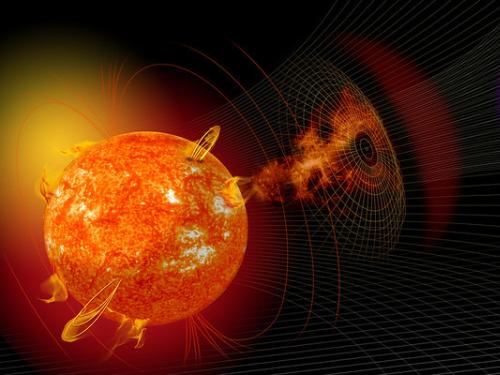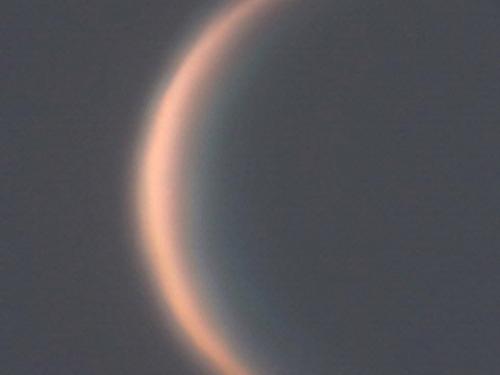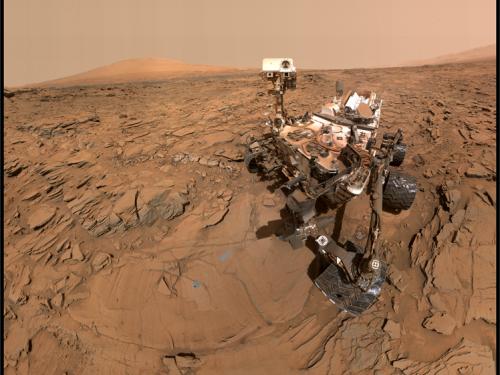

Stories of daring, stories of technological feats, stories of prevailing against the odds ... these are the stories we tell at the National Air and Space Museum. Dive in to the stories below to discover, learn, and be inspired.
Showing 11 - 20 of 145

October 12, 2023
On September 18, 1941, the Brooklyn Dodgers were in Pittsburgh to play a game against the Pirates. In the fourth inning, with the score tied 0-0, announcer Red Barber’s radio broadcast was disrupted, and listeners suffered 15 minutes of silence. When the broadcast resumed, the Pirates had scored four runs.

September 08, 2023
Instruments in the Smithsonian collection trace the story of how humans have explored the universe for thousands of years. Join us in taking a look at just a few examples!

August 01, 2023
When you look up you can see the stars, the Moon, and sometimes even other planets! We know what these otherworldly objects are because of centuries of research carried out by curious stargazers before us.

June 19, 2023
Scientists are excited about Enceladus as a potential place for life and, more important, as a planet where we can look for life using existing technology and even predict, with some precision, the locations on the icy moon Saturn where we would most likely find this life.

May 09, 2023
From Dante to Matt Damon, Percival Lowell to Perseverance, humans have long wondered about, studied, and eventually explored our closest planetary neighbor, Mars.

February 23, 2023
The Juno spacecraft currently orbiting Jupiter almost didn’t have a camera, and boy would that have been a shame. On this episode of AirSpace, we unpack how JunoCam has contributed to science and completely changed the way we view this beautiful gas giant.

November 18, 2022
The Curiosity rover reached a significant milestone on Mars this year. The rover has been exploring the Gale crater for 10 years. Read more on how Curiosity shows no signs of slowing down and the discoveries related to the past potential habitability of the Red Planet.

September 21, 2022
Bruce Campbell is a senior scientist at the National Air and Space Museum’s Center for Earth and Planetary Studies, where he studies the surface and subsurface geology of the moon, Mars, Venus, and the icy moons of the outer planets.

July 15, 2022
Spacecraft face a dramatic range of conditions, from airless worlds bombarded by tiny meteorites to environmental extremes, when exploring our Universe.

July 14, 2022
Join us in taking a closer look at how Mercury, Venus, Earth, and Mars took shape.